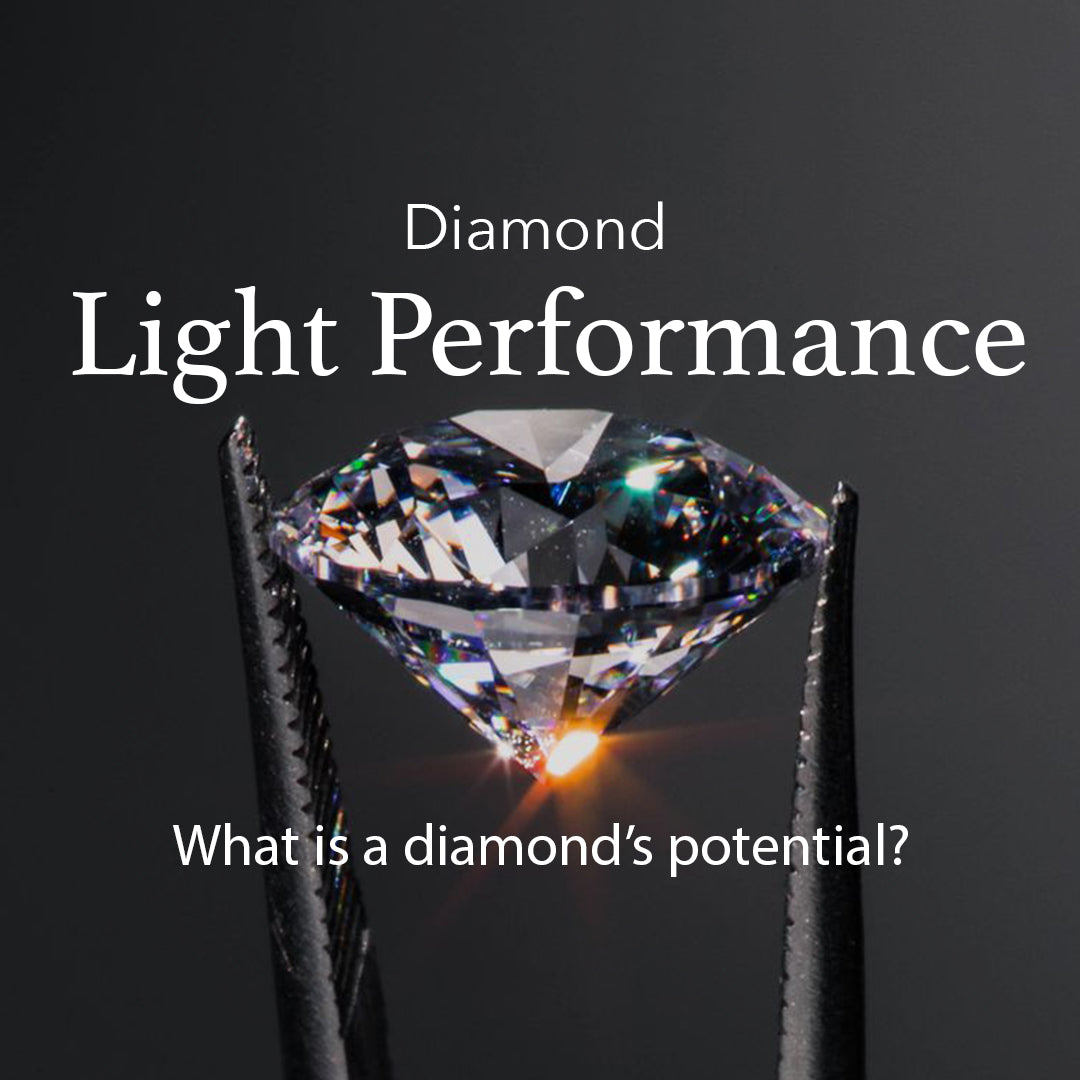
What is Diamond Light Performance?
Question: What is the purpose of a diamond?
A diamond is a very special item. Anyone who has held a diamond seems to believe that it the most beautiful thing around. There is no other object designed in a kaleidoscopic manner that captures your eye to try and get a glimpse of that little, elusive, sparkly object. A diamond has many qualities and characteristics, some are nature-given, and some are human given. We humans can control some interesting factors to help the diamond fulfill their true potential. What is a diamond’s potential anyway? People may have various answers to this question, I would like to present my own.
 When I present a diamond to a customer, I always begin by showing them some diamonds on a presentation plate, this way the customer can acquire their initial feelings and opinions of the diamond. I count on my customer’s initial instinct and advise them to stick to the diamond they were primarily drawn to. Until this point, the customer “chose” the diamond, but still does not possess any “viable information” on the diamond, none of the 4Cs. How? Simple, the customer sees with their own eyes!
When I present a diamond to a customer, I always begin by showing them some diamonds on a presentation plate, this way the customer can acquire their initial feelings and opinions of the diamond. I count on my customer’s initial instinct and advise them to stick to the diamond they were primarily drawn to. Until this point, the customer “chose” the diamond, but still does not possess any “viable information” on the diamond, none of the 4Cs. How? Simple, the customer sees with their own eyes!
So, what exactly is the customer seeing? Good question!
As previously mentioned, there are nature-given properties and human given properties. Under the nature given you can find: Color (partially), Clarity (partially), and Carat (partially). I say “partially” on all three because humans slightly affect these properties during the process of cutting a diamond from its rough state to its polished state. A very important, yet not highly discussed property is transparency. If your diamond is cloudy or milky, this means it has low transparency. In the human given category, you can find the cut grade and its derivatives; Light Return, Sparkle, Brilliance, Fire, and Light Symmetry. Whilst the customer hasn’t looked inside a magnifying glass to see the insides of the diamond, they sure can appreciate its appearance on the outside, as well as how light is performing on the diamond.

Then, I will explain the 4C’s and will finally discuss the most important C of them all: Cut. The cut grade determines how the light will travel in a diamond. So now I can answer the question written on the top of this essay - What is the purpose of a diamond? Well, the purpose of a diamond is to reflect the highest percentage of light that it observes. Today, we can measure this. How much percentage of a light beam that enters a diamond is reflected out onto the viewer’s eye? In what way? Nice to make your acquaintance, the answer is: Light Performance!

Light Performance is the science behind how a diamond reflects and refracts light.
By using these tools, we know how much light the diamond reflects and refracts! And it has nothing to do with color (!), carat weight (!), or clarity (not nothing, but very little, if the diamond is eye clean).
I then sum up my presentation to the customer with an explanation of Light Performance and the analysis of the ASET scope. It's fascinating!
Want to know more about Diamond Light Performance? Contact us!

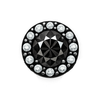


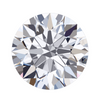

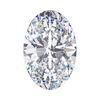
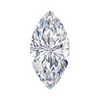
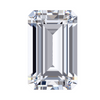
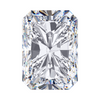
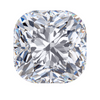


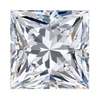
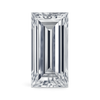


Leave a comment
This site is protected by hCaptcha and the hCaptcha Privacy Policy and Terms of Service apply.